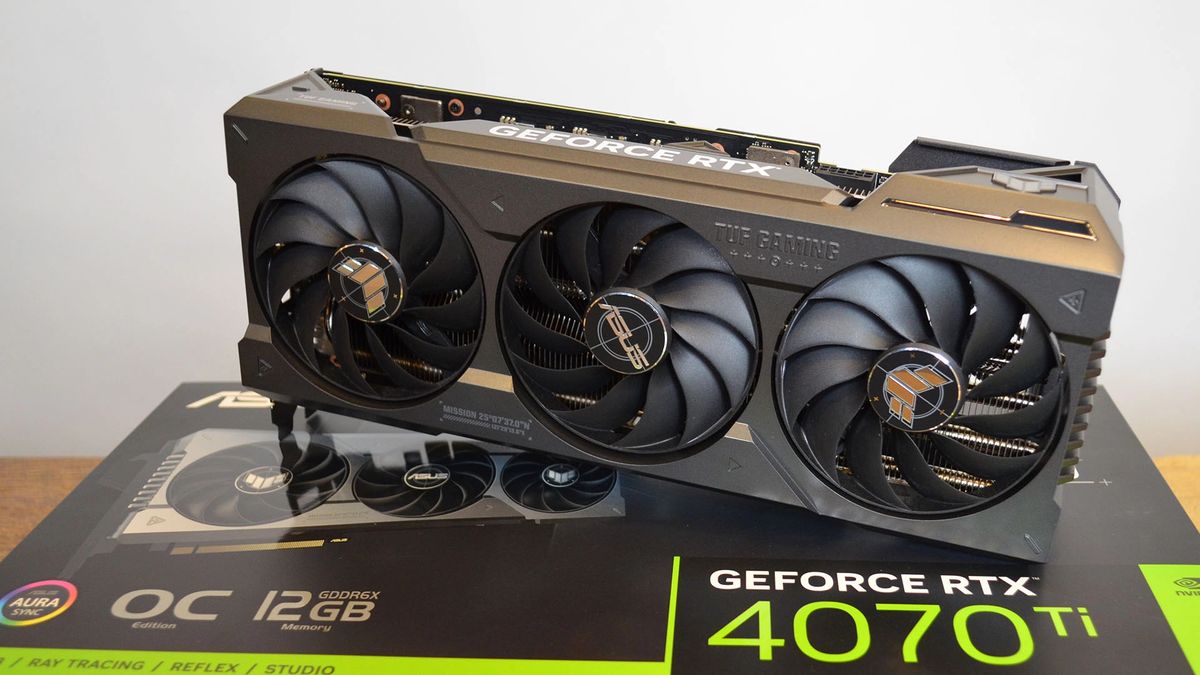The Incredible Disappearing TV | WIRED
TVs get bigger and brighter every year, as many of the sets shown off at CES 2024 demonstrated. The consumer tech showcase was dominated by massive, blinding screens meant to blast out as much light and color as possible.
The most intriguing of this year’s new TVs, though, are the ones that render the television itself almost invisible.
Two companies are leading the charge. Samsung has debuted its transparent MicroLED screen, which makes an image appear on what otherwise looks like a clear piece of glass. LG has also come out with its own transparent TV, though its device looks more like an empty fish tank than a proper television set, with images that look like very nice holograms dancing around inside. LG’s set also has a black backdrop that rolls up behind the image to give it more of the contrast of a typical TV.
Other recent designs offer less of a wow factor, but still work to make the TV less prominent in your home. The Samsung Frame TV, first released in 2017, has a matte-finish screen that can be loaded with images of fine art, making it look like a framed painting when not in use. This year at CES, Hisense released its own version of this concept called the CanvasTV. Manufacturers have also been toying with screens that roll up; LG made a splash with its extremely pricey rollable television at CES in 2021. Projector technology has gotten good enough for most people to consider a nice 4K projector a true TV replacement. And a well-designed projector—like the LG CineBeam Qube or the Xgimi Horizon Max—fits into a room better than a big glass fish tank ever could.
“It’s all in the effort to try to remove the black hole from the wall that we’ve all been used to forever,” says Paul Gagnon, a consumer electronics industry expert and adviser at Circana who has focused on TVs for over 15 years.
The transparent screen technology shown by Samsung and LG has been used in commercial spaces for years, Gagnon says, but its high cost and energy requirements have kept it out of the consumer market until now.
“I don’t think most TVs are going to end up looking like this,” Gagnon says. “The majority of consumers are just looking for an affordable, high-quality screen that lets them watch the shows that they want to watch.”


